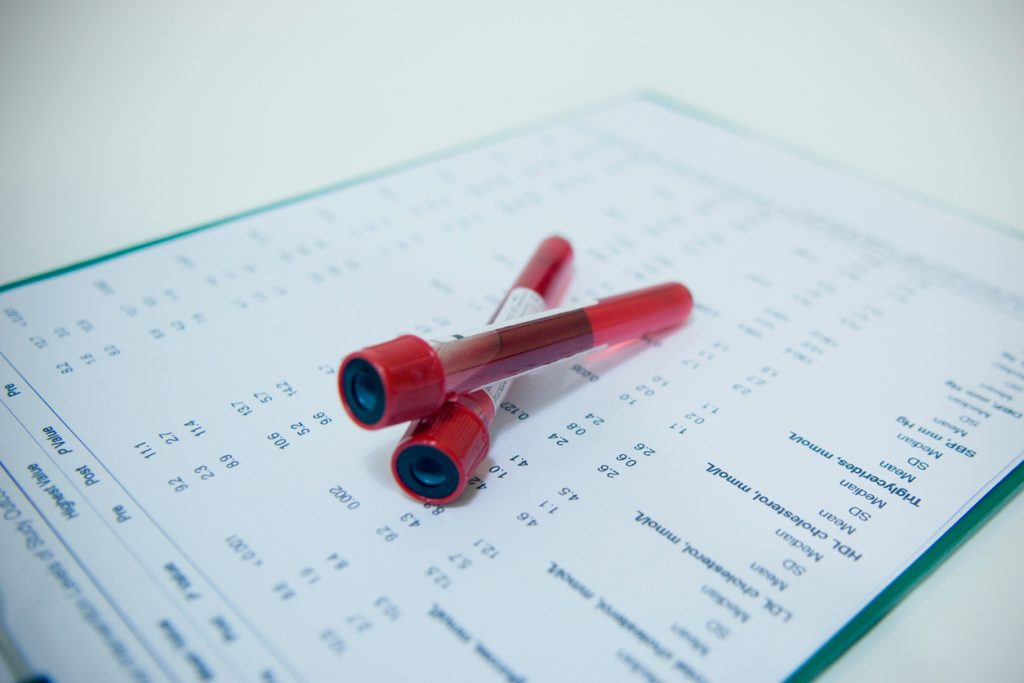
Hormonal Assay
A hormone assays test is performed to give an indication of metabolic processes and conditions or ‘hormone imbalance’. Many hormones can be measured (assayed) in the blood, including male and female sex hormones (estrogen, progesterone, testosterone) and hormones secreted by other glands such as the parathyroid and adrenal glands. Hormonal Assay test is performed on a sample of blood to measure the level of Serum Cortisol, TSH, FT3, FT4, LH, FSH, Prolactin, Estradiol and Testosterone in blood. It is performed to confirm Hormonal Abnormalities and also during treatment and after treatment of Hormonal Abnormalities.
No special preparation is needed for Hormonal Assay. Inform your doctor if you are on any medications or have any underlying medical conditions or allergies before undergoing Hormonal Assay. Your doctor depending on your condition will give specific instructions. Inform your doctor if you are on any medications or have any underlying medical conditions or allergies before undergoing Milk allergy. It’s a simple blood test so, it’s better not to eat past hour to get best results.
Assay test is used for studying interactions of proteins with DNA. A cell-counting assay may determine the number of living cells, the number of dead cells, or the ratio of one cell type to another, such as numerating and typing red versus different types of white blood cells. This is measured by different physical methods (light transmission, electric current change). But other methods use biochemical probing cell structure or physiology (stains). Another application is to monitor cell culture (assays of cell proliferation or cytotoxicity). A cytotoxicity assay measures how toxic a chemical compound is to cells
Process of obtaining blood sample in adults: A band is wrapped around the arm, 3-4 inches above the collection site (superficial vein that lies within the elbow pit) The needle cap is removed and is held in line with the vein, pulling the skin tight The required amount of blood sample is collected by pulling the plunger of the syringe out slowly The wrap band is removed, gauze is placed on the collection site, and the needle is removed The blood is immediately transferred into the blood container, which has the appropriate preservative/clot activator/anti-coagulant The syringe and the needle are disposed into the appropriate “sharp container” for safe and hygienic disposal.
| Type | Gender | Age-Group | Value |
|---|---|---|---|
|
Serum Cortisol
|
Unisex
|
All age groups
|
> 15 microgram/dl
|
|
TSH
|
Unisex
|
All age groups
|
0.35 – 5.50 microIU/ml
|
|
FT3
|
Unisex
|
All age groups
|
2.4 – 4.2 pg/ml
|
|
FT4
|
Unisex
|
All age groups
|
0.7 – 1.24 ng/dl
|
|
LH
|
Unisex
|
All age groups
|
5 – 62mIU/L (postmenopausal)
|
|
FSH
|
Unisex
|
All age groups
|
26.7 – 133mIU/L (postmenopausal)
|
|
Prolactin
|
Unisex
|
All age groups
|
5.18 – 26ng/ml
|
|
Estradiol
|
Unisex
|
All age groups
|
10 – 44 pg/ml (postmenopausal)
|
|
Testesterone
|
Unisex
|
All age groups
|
0.12 – 1.30ng/ml (postmenopausal)
|
